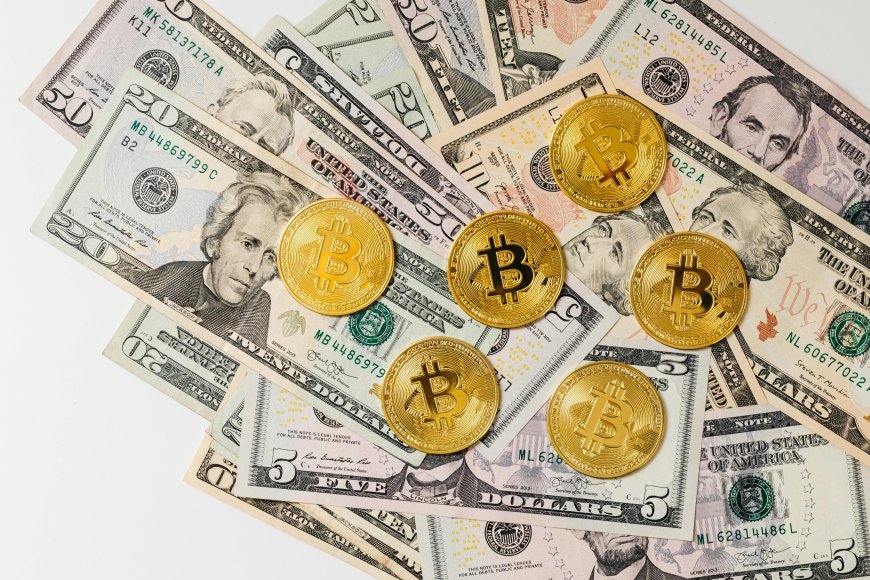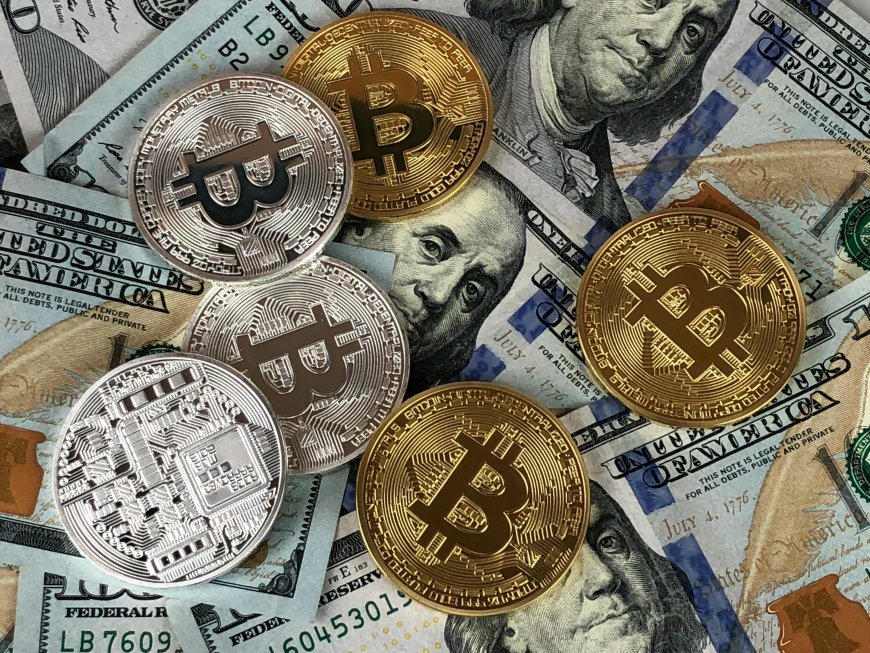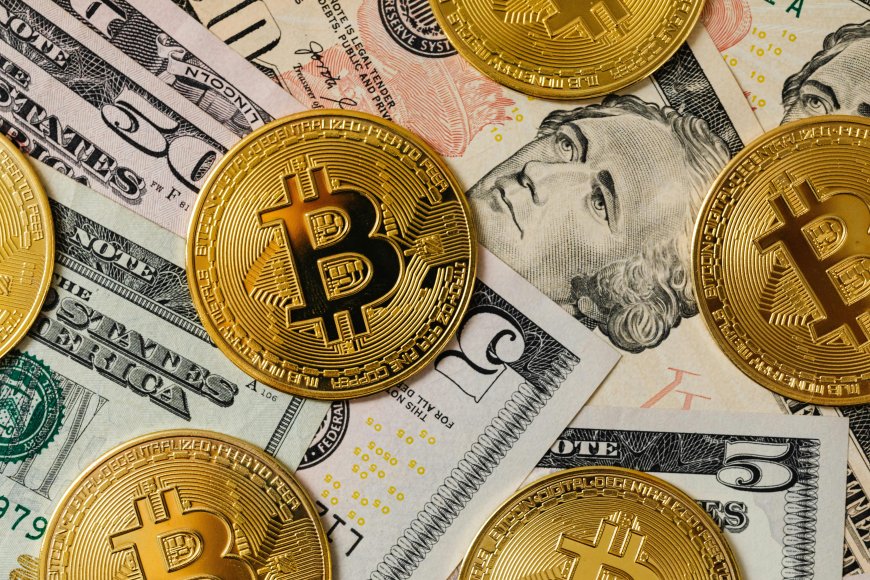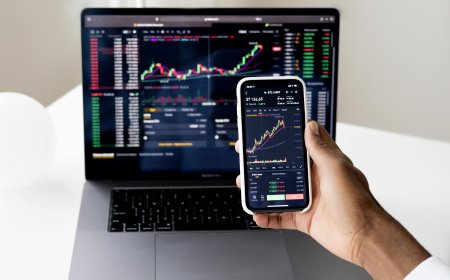Markets on Edge: From Fed Signals to Global Shocks
Traders brace for Fed minutes, Bitcoin’s fall, and Europe’s uneasy ties with Trump. A turbulent week reshapes global markets.

Markets live on anticipation. This week, anticipation came in many forms: the Federal Reserve’s meeting minutes, the grinding war in Ukraine, Europe’s fraught diplomacy with Donald Trump, and the sudden $115,000 plunge in Bitcoin. Each headline carried its own urgency, yet together they painted a broader picture—a global economy teetering on both hope and anxiety.
For investors and policymakers in the US, UK, Canada, and Australia, the message was clear: volatility is the new normal. And beneath every price movement lies a deeper story of politics, power, and shifting trust.
Treasury Yields Dip Ahead of Fed Minutes
US Treasury yields edged lower as traders braced for the release of the Federal Reserve’s minutes. To seasoned investors, the dip wasn’t just a blip—it was a signal of how finely tuned markets have become to the Fed’s every word.
The central bank’s recent moves have sparked debate:
- Will rates stay higher for longer? Investors remain cautious about inflation’s persistence.
- Is a rate cut on the horizon? Some hope cooling data will nudge policymakers toward easing.
- How fragile is sentiment? Even minor phrasing in Fed minutes can ripple through global bond markets.
For retirees, homeowners, and businesses alike, these fluctuations shape everything from mortgage costs to long-term savings.

Traders Pin Hope on Ukraine Peace—but Experts Urge Caution
Away from Wall Street, geopolitics weighed heavily. Traders have begun pricing scenarios where the war in Ukraine edges toward resolution. Commodity markets, particularly energy and wheat, reflect cautious optimism.
But foreign policy analysts warn of misplaced expectations. Military analysts describe the conflict as entrenched, with no “quick fix” likely. One European diplomat put it bluntly: “Hope cannot substitute for reality on the battlefield.”
For investors, the danger lies in pricing peace too early. A miscalculation could leave portfolios exposed if hostilities flare again.
Europe’s Demands as Leaders Prepare to Meet Trump
In Brussels, another drama is unfolding. European leaders are preparing for a high-stakes meeting with former US President Donald Trump, whose influence remains strong ahead of the next election cycle.
Diplomats outline three core European demands:
- Security guarantees – reassurance that NATO commitments will hold firm.
- Trade stability – protection from sudden tariffs or unilateral policy shifts.
- Energy cooperation – reducing dependence on Russian gas while managing green transitions.
For Europe, the concern isn’t just diplomacy—it’s survival. A misaligned partnership with Washington could leave the continent economically vulnerable and strategically exposed.
Bitcoin’s Stunning Plunge After Record High
Perhaps the most eye-catching market move was in cryptocurrency. Bitcoin, after soaring to new records, crashed to $115,000 in a matter of hours. The liquidation wave was brutal, wiping billions in paper gains.
Macro concerns fueled the selloff:
- Rising bond yields pulled liquidity out of risk assets.
- Regulatory scrutiny in the US rattled institutional investors.
- Leverage built up during the rally triggered cascading liquidations.
For crypto enthusiasts, the drop felt like a betrayal. For skeptics, it was vindication. Yet history suggests Bitcoin has survived worse—crashes often sow the seeds of its next rebound.
Yieldstreet’s “1% Strategy” and the Lessons of Risk
While traders fixated on Bitcoin and Fed signals, another story offered a sobering reminder about chasing returns. Yieldstreet, a platform that promised investors “1% strategies” through alternative assets, left many reeling when those dreams collapsed.
Investors who believed in steady, low-risk gains instead faced losses. Lawsuits and regulatory scrutiny followed, shaking trust in fintech’s glossy promises.
This saga highlighted timeless lessons:
- If it sounds too good to be true, it probably is.
- Transparency matters more than marketing.
- Diversification remains the only free lunch in finance.
Storytelling: A Trader’s Jolt at Dawn
At 4 a.m. in London, Rajesh, a 32-year-old trader, woke to an alert: Bitcoin had crashed 20% overnight. His screen glowed red, losses piling faster than he could react. He’d spent weeks convincing himself this was the “new paradigm,” that crypto would never fall back this far.
Half a world away in Chicago, Maria, nearing retirement, checked her portfolio nervously. Her Treasury bond fund had shifted on whispers of the Fed’s minutes. She thought bonds were safe, predictable. Now she wasn’t so sure.
Different assets, different risks—but the same human story: hope, fear, and the delicate balance of trust in markets.

How Investors Can Navigate the Current Storm
This week’s turbulence underscores a crucial reality: markets are interconnected, and headlines can move billions within minutes. For Tier-1 country investors, a few guiding principles stand out:
- Stay diversified – across equities, bonds, and alternatives.
- Avoid emotional trades – fear and euphoria are costly advisors.
- Watch central banks – the Fed’s words remain market law.
- Factor in geopolitics – wars, elections, and trade disputes shape returns.
- Question easy promises – Yieldstreet’s cautionary tale is a reminder.
Conclusion: A World in Flux
From Washington to Kyiv, Brussels to Bitcoin exchanges, markets are riding waves of uncertainty. The dip in Treasury yields, the hope of peace in Ukraine, Europe’s wary eye on Trump, the crash in Bitcoin, and the unraveling of Yieldstreet’s “1% strategy”—each is a chapter in the same global story.
That story is about fragility, resilience, and the human desire for stability in a world that rarely grants it. Investors, like nations, must navigate not with certainty but with discipline and humility.
As one analyst put it: “Markets don’t reward hope. They reward preparation.”
FAQs
1. Why did Treasury yields fall this week?
Investors positioned cautiously ahead of the Federal Reserve’s meeting minutes, leading to a dip in yields.
2. Is the Ukraine war close to ending?
Analysts say no quick resolution is likely. Markets may be overly optimistic in pricing peace.
3. What does Europe want from Trump?
Security guarantees, trade stability, and cooperation on energy policy top the list.
4. Why did Bitcoin crash after hitting new records?
A mix of macroeconomic pressures, regulatory worries, and leveraged liquidations drove the sudden plunge.
5. What happened with Yieldstreet’s “1% strategy”?
Investors promised steady returns faced losses, highlighting risks in alternative investment platforms.
What's Your Reaction?
 Like
0
Like
0
 Dislike
0
Dislike
0
 Love
0
Love
0
 Funny
0
Funny
0
 Angry
0
Angry
0
 Sad
0
Sad
0
 Wow
0
Wow
0





































































